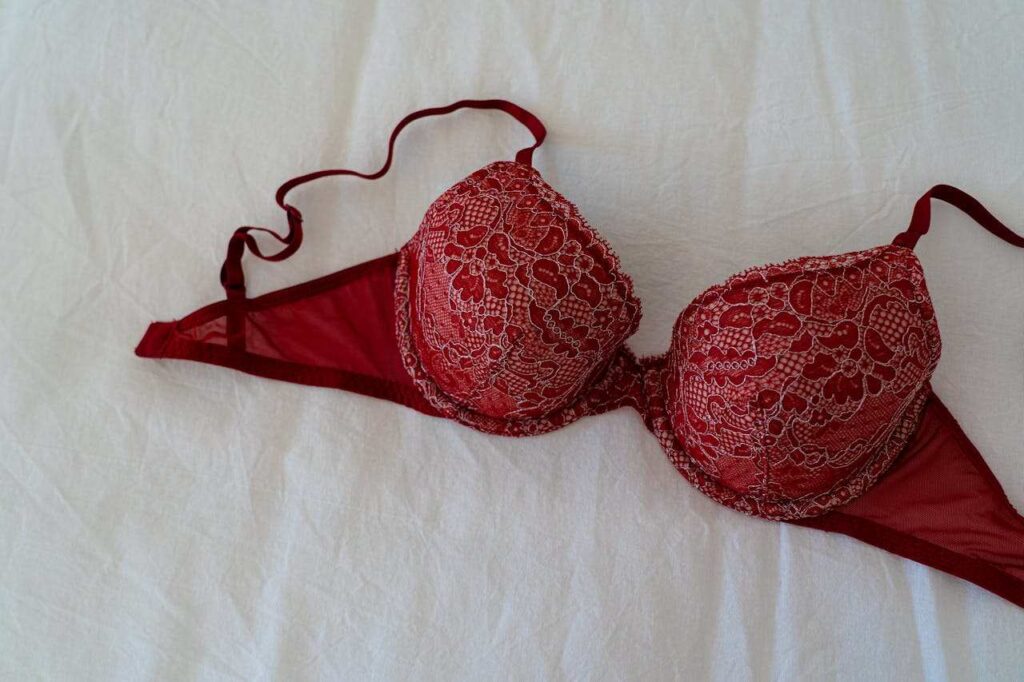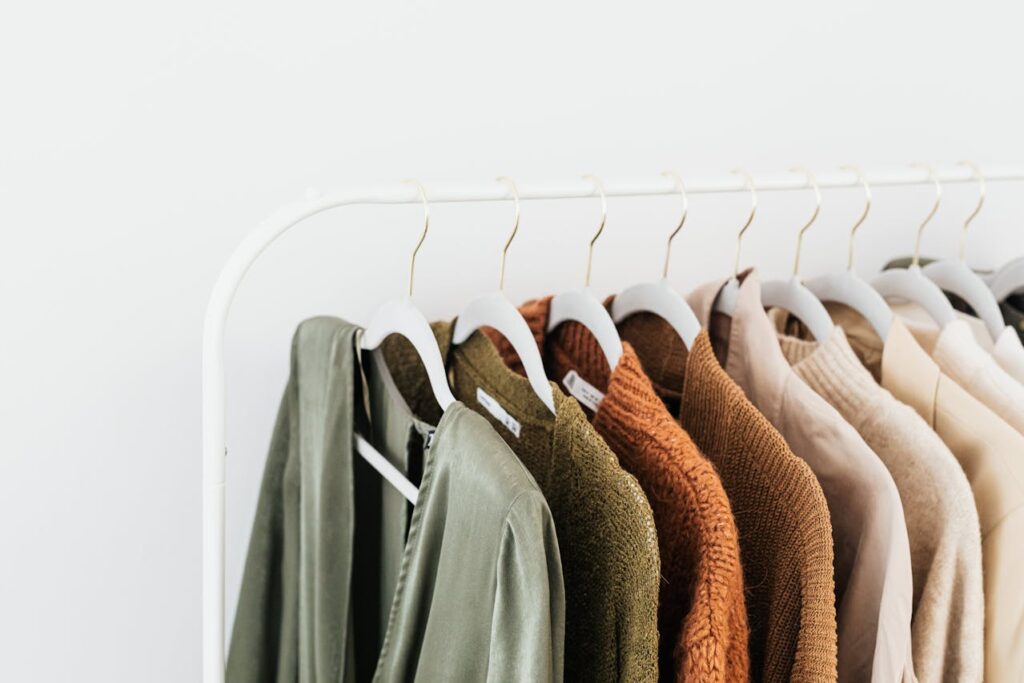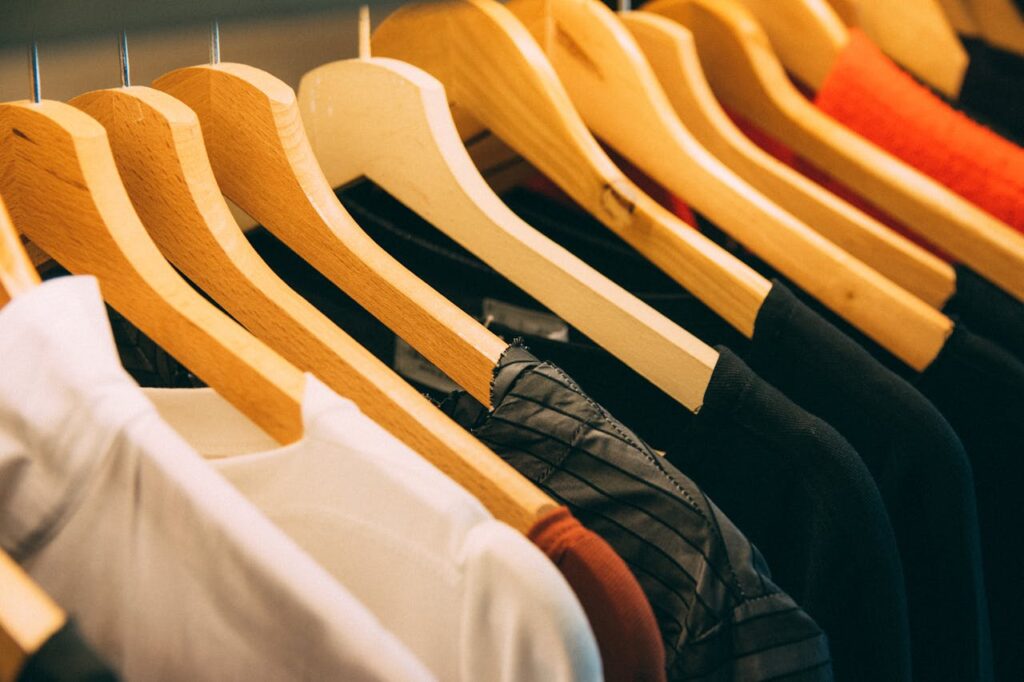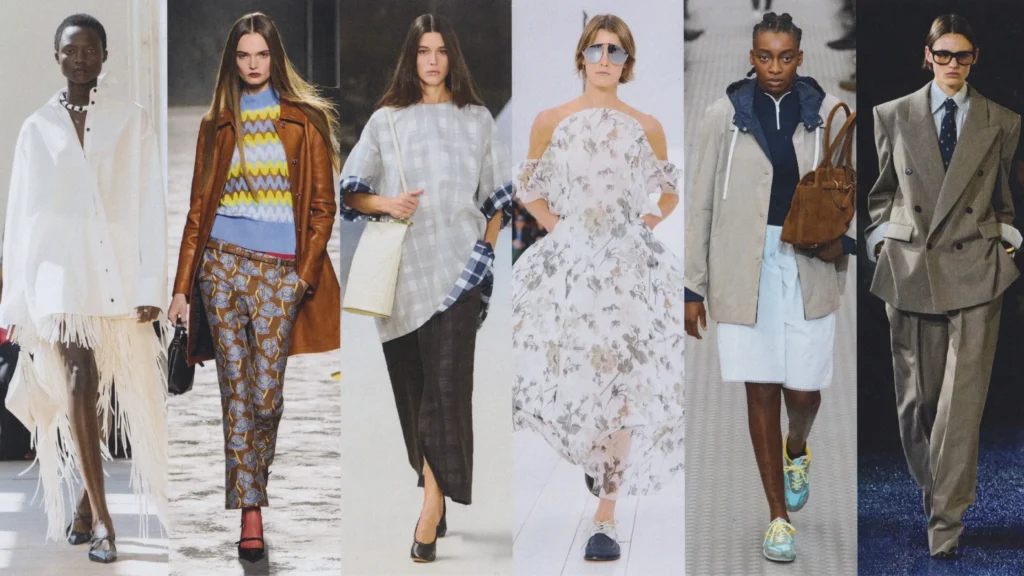When it comes to bra sizes, many people are curious: What is the biggest bra size in the world? Is there a limit to how large bra cup sizes can go? With bra sizing already being a confusing subject, the mystery of the biggest cup size only adds more intrigue. Whether you’re just curious, shopping for yourself, or trying to understand how bra sizes work, this article will give you clear, human-like, and simple answers — and yes, it’s SEO-optimized to help you find exactly what you’re looking for.
Understanding Bra Sizes: A Quick Overview
Before diving into the largest bra sizes, it’s important to understand how bra sizing works. A bra size is typically made up of two parts:
- The band size (measured in inches around your ribcage, like 32, 36, 40, etc.)
- The cup size (represented by letters such as A, B, C, D, and beyond)
The cup size represents the difference between your bust measurement (around the fullest part of your breasts) and your band size. For every inch of difference, the cup size goes up one letter. For example:
- 1 inch = A cup
- 2 inches = B cup
- 3 inches = C cup
- 4 inches = D cup
- And it keeps going — E, F, G, H, and beyond!
What Is the Biggest Bra Size?
So, what is the biggest bra size officially recorded?
There is no universal maximum, but in terms of standard sizing, bra cups can go up to N, O, and even larger depending on the brand. However, the largest recorded bra size ever worn was by Annie Hawkins-Turner, also known as Norma Stitz, who reportedly wears a 102ZZZ bra. Yes, that’s a real size.
This size is exceptionally rare and custom-made, and it’s not something you’ll find on the shelves at your local lingerie store. But for the average person, the largest commercially available bra sizes typically go up to K, L, or M cups in specialty stores.
What Is the Biggest Cup Size?
When people ask, “What is the biggest cup size?” they’re usually referring to the alphabetical part of bra sizing. In the U.S., the cup size goes from:
- A → B → C → D → DD → DDD → E → F → G → H → I → J → K → L → M → N
In Europe and the UK, the sizing system differs slightly and can go up to N or higher, with sizes like FF, GG, HH, and so on.
So technically, the biggest cup size is ZZZ, but that’s reserved for rare, custom cases. For most brands, L or M cup sizes are the highest you’ll find.
Why Are There So Many Different Sizes?
Not all brands follow the same sizing standards. U.S., UK, and European brands each have their own way of labeling cup sizes. This lack of consistency makes it tricky when comparing sizes between brands or shopping internationally.
Also, some bras use sister sizing, which means that a 36D bra and a 34DD might have a similar cup volume. This further complicates the process for those looking for the largest possible size that fits well.
Challenges for Women With Very Large Breasts
Finding bras above a D cup can be challenging in regular retail stores. Many department stores only stock up to a D or DD, which is frustrating for women with larger busts. Women with larger breasts often face:
- Neck, shoulder, and back pain
- Difficulty finding bras with proper support
- Limited style options
- Higher prices for specialty sizes
For those with very large breasts, shopping at specialty lingerie stores or custom bra makers is often the best solution.
How to Measure for the Correct Bra Size
Whether you’re looking for the biggest bra size or your perfect everyday fit, getting the right measurement is crucial. Here’s a simple way to measure at home:
- Measure Your Band Size:
- Use a soft measuring tape around your ribcage, just under your bust.
- Round up to the nearest even number.
- This is your band size.
- Measure Your Bust Size:
- Measure around the fullest part of your breasts, keeping the tape level.
- Subtract your band size from your bust size.
- Calculate Cup Size:
- Each inch of difference equals one cup size (e.g., 3-inch difference = C cup).
If you’re unsure, it’s always worth visiting a professional bra fitter or using a virtual fitting service.
Average Bra Size in the U.S.
You might be surprised to learn that the average bra size in the U.S. is now 34DD. This is a big change from the 1990s, when the average was closer to a 34B. This increase may be due to better measurement techniques, changes in body composition, or the popularity of cosmetic enhancements.
Can Breasts Get Bigger Over Time?
Yes, breasts can change in size due to:
- Weight gain or loss
- Pregnancy and breastfeeding
- Hormonal changes
- Aging
- Genetics
If your breasts get larger, you may need to size up your bra to maintain comfort and support. Don’t just stick to one size for life — your body changes, and so should your bra!
Where to Find the Largest Bra Sizes
If you’re shopping for bras above a D cup, here are some brands that specialize in extended sizing:
- Elomi
- Panache
- Freya
- Goddess
- PrimaDonna
- Curvy Kate
- Torrid (for plus sizes)
- Bravissimo (UK-based)
These brands often offer cup sizes up to K, L, and beyond, along with broader band ranges for better comfort and support.
Final Thoughts: What You Need to Know About the Biggest Bra Size
The biggest bra size isn’t a one-size-fits-all answer. While the largest recorded size is a custom 102ZZZ, the biggest commercially available sizes typically top out around an L or M cup. Finding the right size isn’t just about going big — it’s about getting the correct fit for your unique shape, which makes a world of difference for your comfort, posture, and confidence.
If you or someone you know is struggling to find a bra that fits, know that you’re not alone. With more brands catering to fuller busts and custom options available, there’s never been a better time to find a bra that fits — no matter your size.





